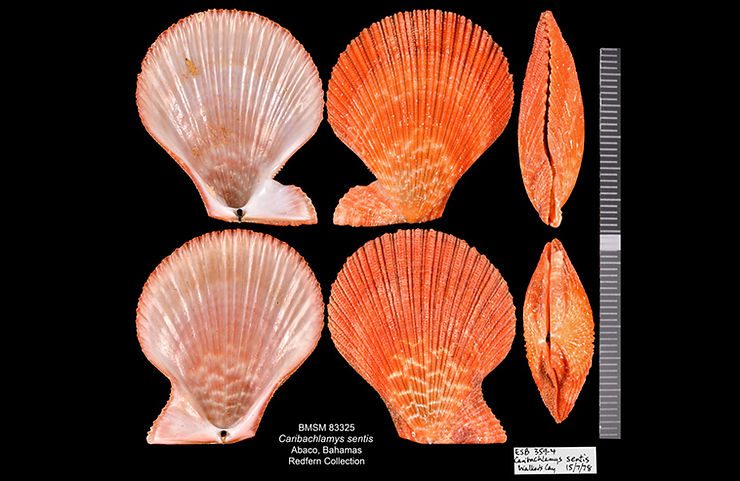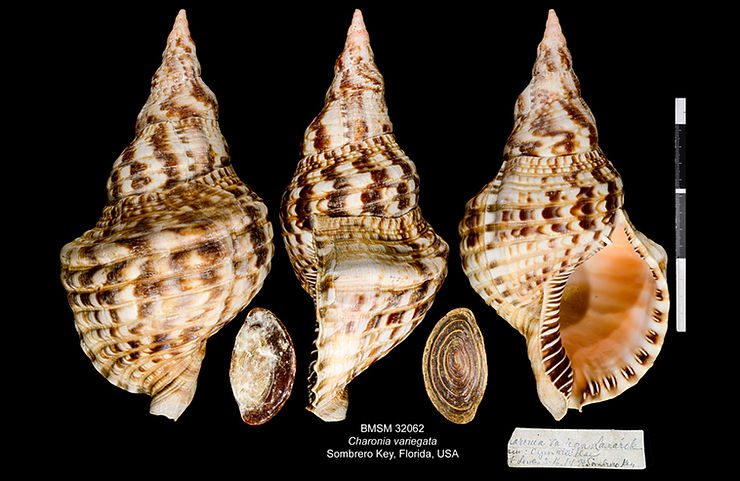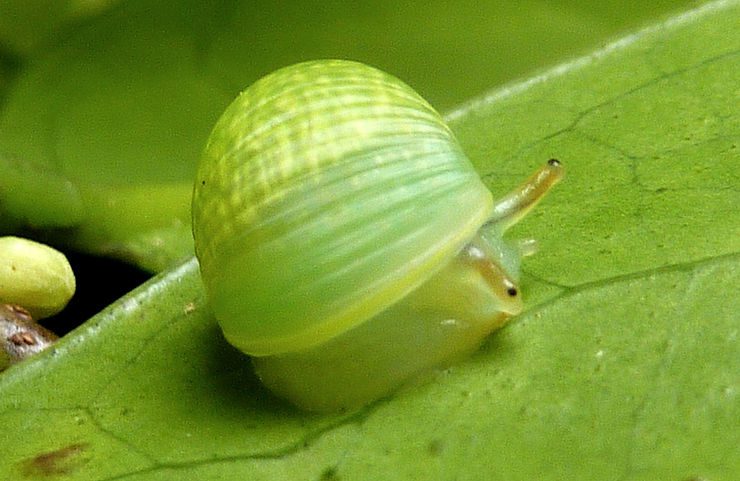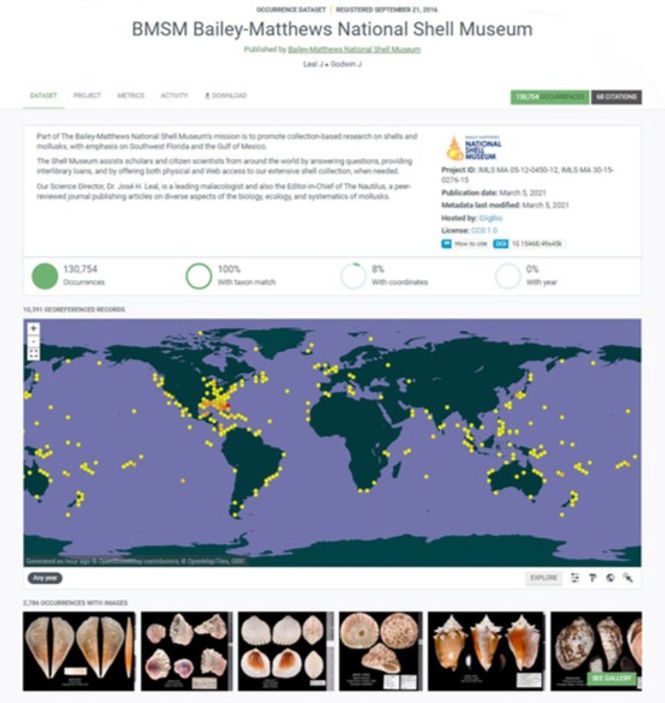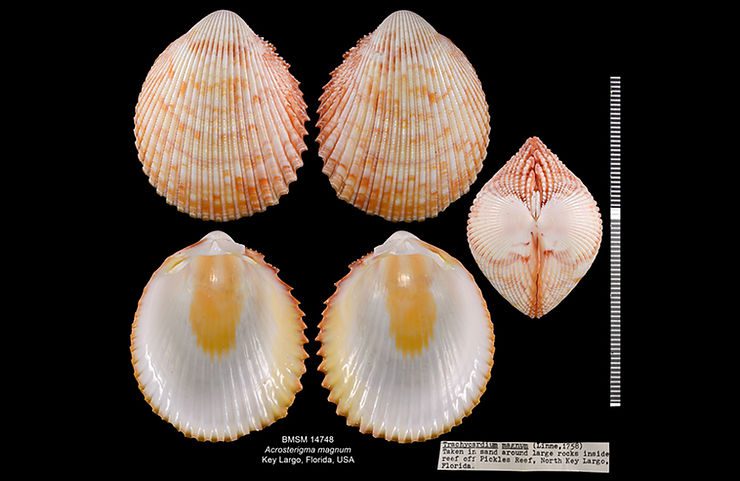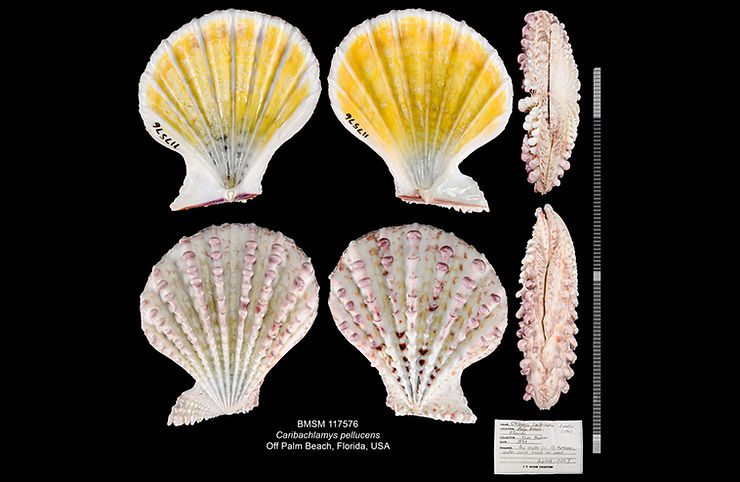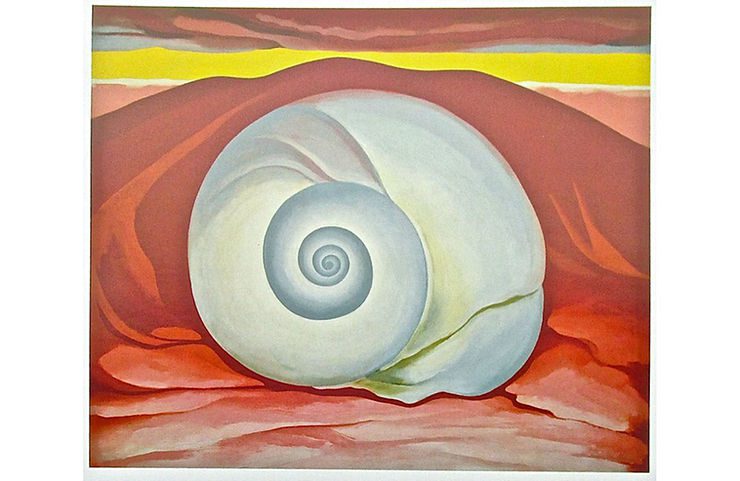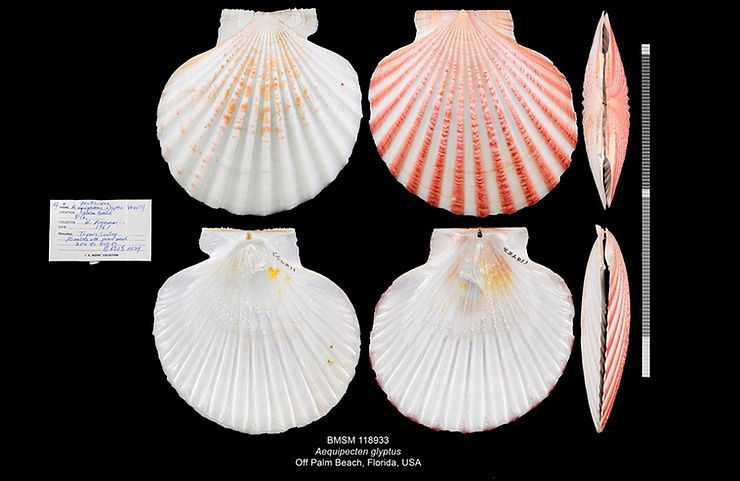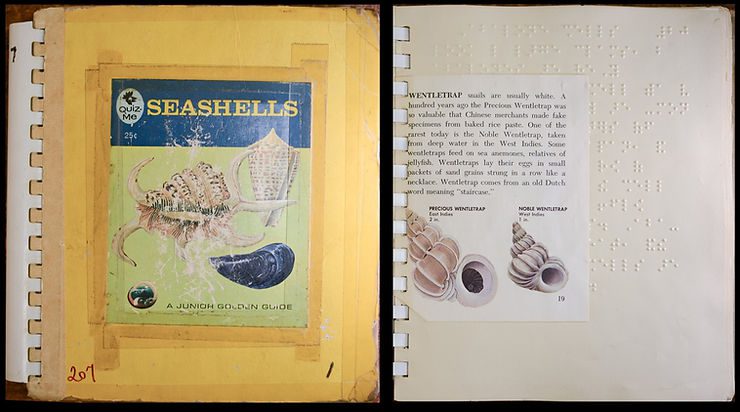
An Inspirational Shell Book
The Museum’s Founding Director, Robert Tucker Abbott, was certainly the most prolific author of shell and mollusk-related books that ever lived, having published more than 30 books on the subject. Some of his most popular works such as Seashells of the World (1962) and Kingdom of Seashells (1972) have been in print since their original publication and were translated into many languages. A couple of years ago Tucker’s daughter Cynthia Sullivan donated a small collection of some of his more obscu
